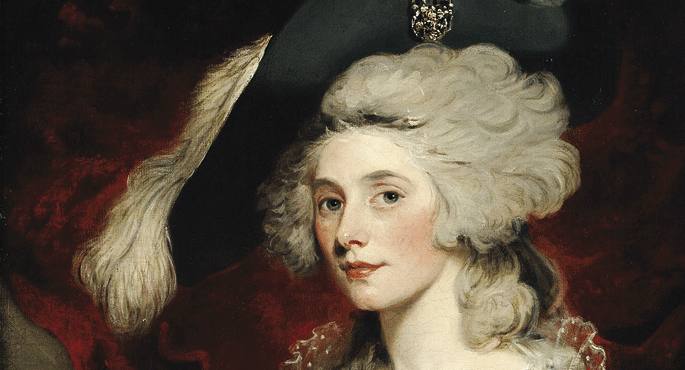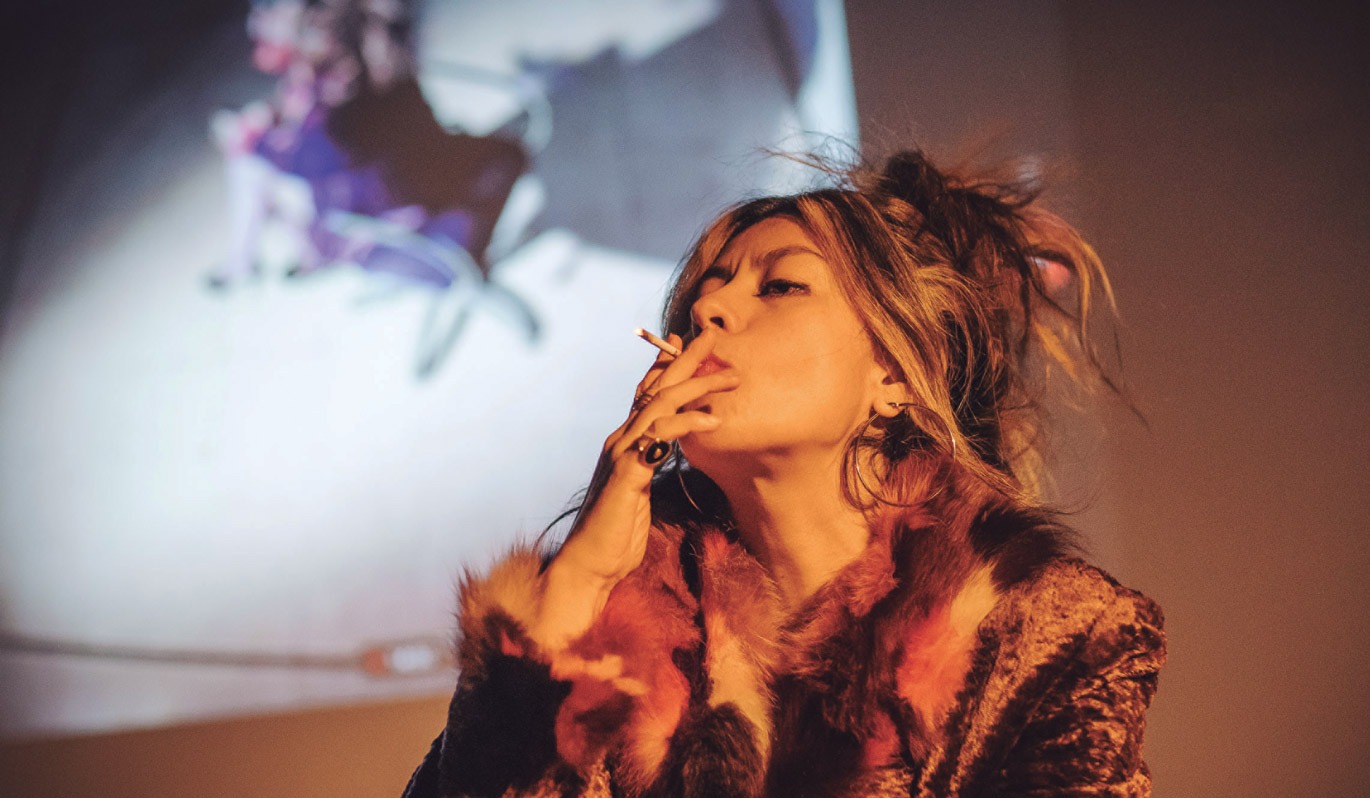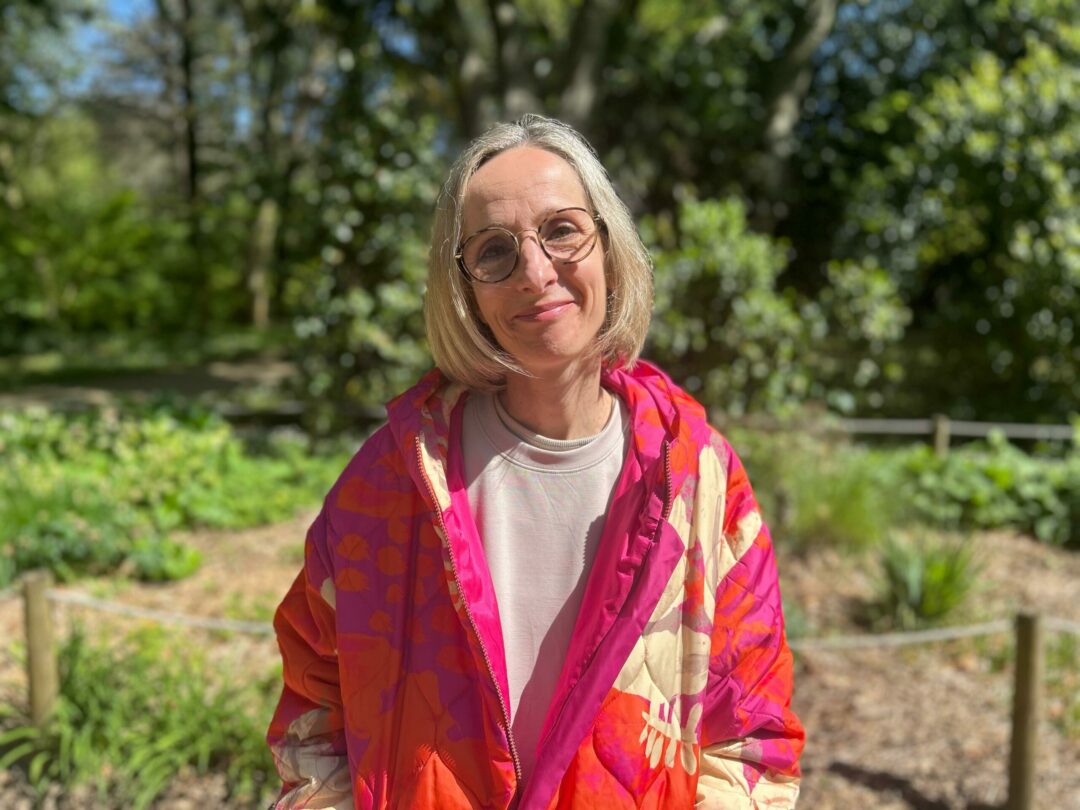Celebrities s. XVII

London 1663. Eleanor Gwyn debuted at Bridges Street Theatre. I was 14 years old, I used to sell oranges in the theater and I couldn't read, but I was talented at comedy. He achieved great success as an interpreter and was a lover of King Charles II, but he also had enemies.
In fact, until then all the actors were men, even men who played female roles, and many did not see with good eyes the path taken by Gwyn and those who came later (Hester Booth, Kitty Clive, Sarah Siddons...). Unlike what happened with male interpreters, the publications of the time began to publish information about actresses, more related to the private life of these women than to their work. Also, satirical and erotic images. They made a merchandising with these famous characters: they started selling porcelain figures or makeup boxes with the image of the actors. All this, without the permission of the protagonists of the day.
Thus, the actresses soon realized the importance of preserving their public image. Some painters of the time, like Mary Robinso or Elizabeth Inchball, wrote their memoirs.
Now, the National Portrait Gallery in London has organized an exhibition to explain this phenomenon. These women simply wanted the right to act, but they opened up a new world. The audience got obsessed, and the actresses wanted and hated, they wanted to know everything about them. The phenomenon of celebrities is born.
The whore’s monologue in the madhouse
- The author(s): Franca Rame and Dario Fo.
- From the translator: Assisted by Xabi Martinez De Lezea.
- The actor is: Assisted by Laura Penagos.
- When: April 12th.
- In which: At the Atxulondo Cultural Center in... [+]





















